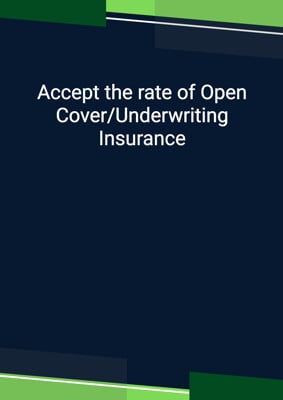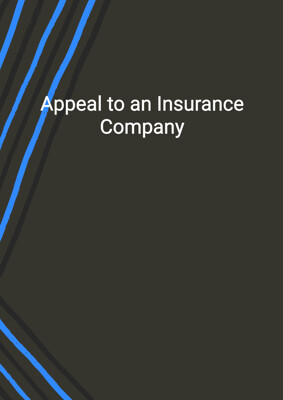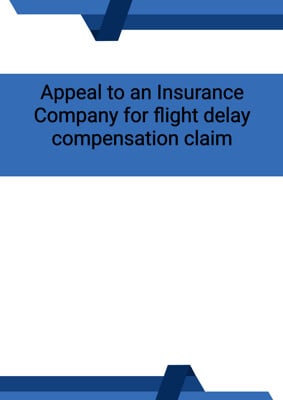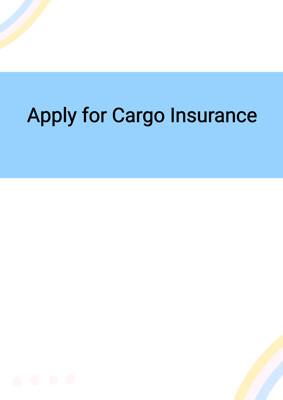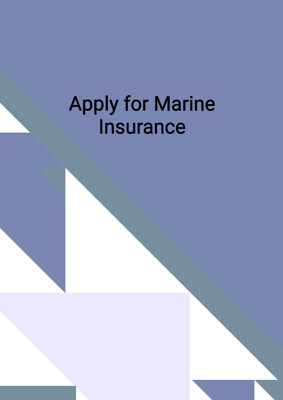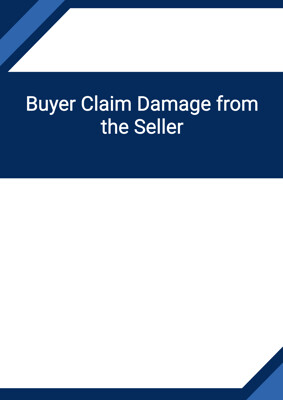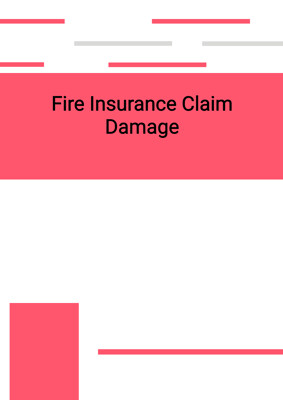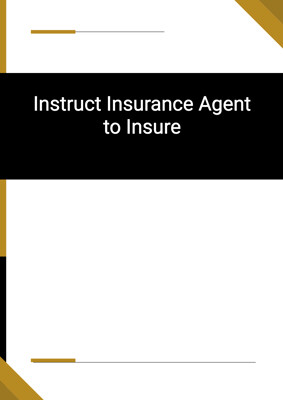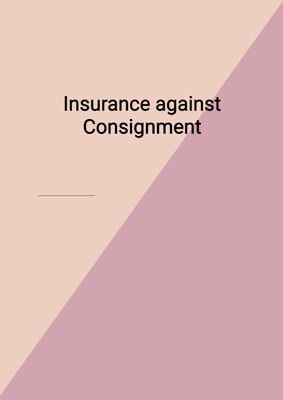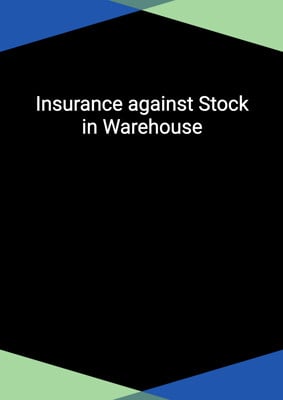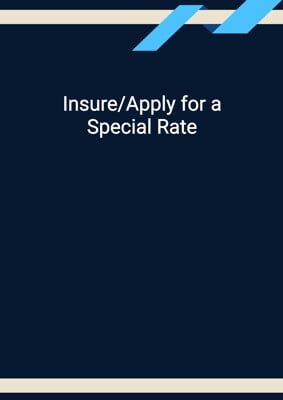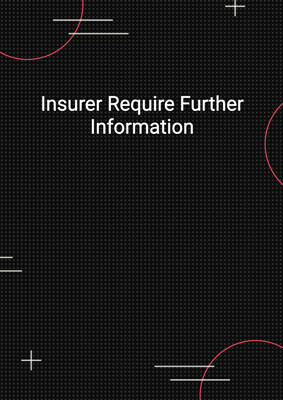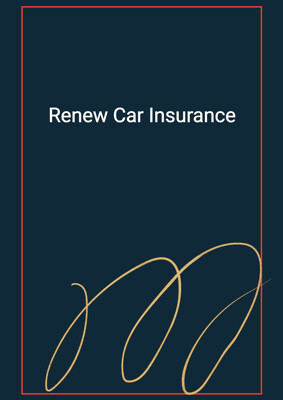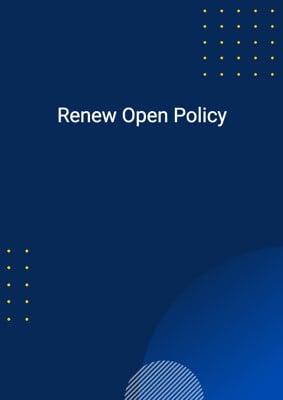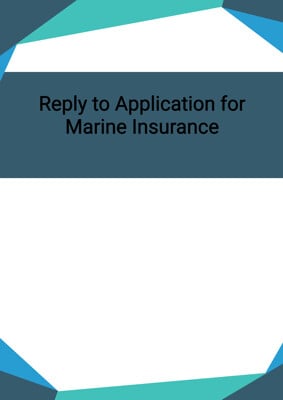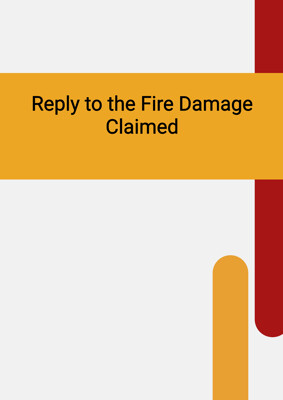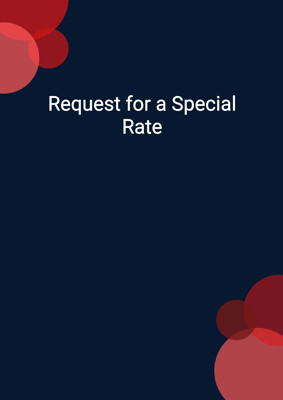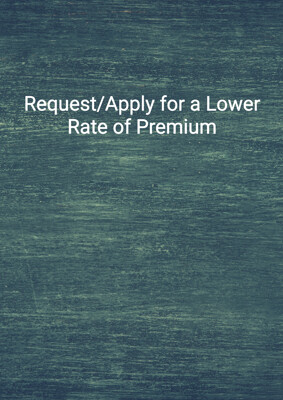How to Tailor the Document for Your Need?
01
Create Document
Click "Create Document" button and the document will be prepared with your account details automatically filled in.
02
Fill Information
Please fill in any additional information by following the step-by-step guide on the left hand side of the preview document and click the "Next" button.
03
Get Document
When you are done, click the "Get Document" button and you can download the document in Word or PDF format.
04
Review Document
Please review the document carefully and make any final modifications to ensure that the details are correct before sending to the addressee.
Document Preview
Document Description
The Professional Indemnity Insurance Application Form is a crucial document that serves as an application for insurance cover. It is used by individuals or companies to request coverage for professional indemnity insurance. The document consists of several sections that provide detailed information about the applicant and their business.
The document begins with a section that specifies the period of insurance and the limit of liability required. This information is essential for determining the coverage and the amount of liability that the insurance will provide. The applicant is required to choose the currency for the limit of liability and the excess/deductible.
The next section of the document asks whether the applicant is requesting cover for fraud and dishonesty, cover for principals' previous business, cover for automatic reinstatement, and cover for cyber and privacy infringement liability. If the applicant selects 'yes' for cover for cyber and privacy infringement liability, they are instructed to complete a separate questionnaire.
The document also requires the applicant to attach additional information, such as a corporate profile, brochures, financial statements, contracts or service agreements, and resumes or CVs of principals, partners, or directors. These attachments provide further details about the applicant's operations, services, and financial status.
The document then proceeds to gather detailed information about the applicant. This includes the names and company registration numbers of all firms applying for coverage, the address and website address of the firm, the establishment date, and the number of principals, partners, directors, non-technical administrative staff, other professionally qualified staff, and other skilled and technical staff.
The qualifications of the principals, partners, directors, or other key professional personnel are also requested. This information helps assess the expertise and experience of the individuals involved in the business.
The document further inquires about the arrangements in place to ensure business continuity when the principal is unavailable. This demonstrates the applicant's preparedness for unforeseen circumstances.
The next section focuses on the details of the applicant's business. It asks about the professional licenses held, professional societies and associations membership, and the percentage breakdown of each type of service provided to clients. This information helps evaluate the diversity and specialization of the applicant's services.
The document also asks whether the applicant engages in any other professional or business activities and if they are connected or associated with any other practice or business. These questions aim to identify any potential conflicts of interest or additional sources of income.
The financial details section requires the applicant to provide their financial year-end date, total turnover, and gross profit for the current year, past year, and the coming year. It also asks for the percentage of fee income derived from work in different locations and the foreign countries where services are provided.
The document concludes with sections on risk management, insurance history, and claims experience. These sections inquire about the applicant's risk management practices, previous insurance coverage, and any claims or lawsuits brought against them.
In summary, the Professional Indemnity Insurance Application Form is a comprehensive document that collects detailed information about the applicant and their business. It covers various aspects such as insurance requirements, business details, financial information, risk management practices, and claims history.
How to use this document?
To use the Professional Indemnity Insurance Application Form effectively, follow these steps:
1. Fill in the period of insurance and the limit of liability required. Specify the currency for the limit of liability and the excess/deductible requested.
2. Indicate whether you are requesting cover for fraud and dishonesty, principals' previous business, automatic reinstatement, and cyber and privacy infringement liability. Complete the separate questionnaire if you select 'yes' for cyber and privacy infringement liability.
3. Attach the required additional information, such as a corporate profile, brochures, financial statements, contracts or service agreements, and resumes or CVs of principals, partners, or directors.
4. Provide the names and company registration numbers of all firms applying for coverage. Include the address and website address of the firm.
5. Fill in the establishment date and the number of principals, partners, directors, non-technical administrative staff, other professionally qualified staff, and other skilled and technical staff.
6. Provide the qualifications of your principals, partners, directors, or other key professional personnel.
7. Describe the arrangements in place to ensure business continuity when the principal is unavailable.
8. Specify the professional licenses held and the professional societies and associations membership.
9. Break down the percentage of each type of service provided to clients.
10. Indicate whether you engage in any other professional or business activities and if you are connected or associated with any other practice or business.
11. Provide your financial year-end date, total turnover, and gross profit for the current year, past year, and the coming year.
12. Specify the percentage of fee income derived from work in different locations and the foreign countries where services are provided.
13. Answer the risk management questions regarding written contracts, contract review, disclaimers, subcontracting, and verification of subcontractor insurance.
14. Provide details of your current insurance coverage, including the period of insurance, insurer, policy limit, excess, and retroactive date.
15. Disclose any claims, lawsuits, disciplinary actions, or investigations involving you, your predecessors in business, or any principals, partners, directors, or employees.
16. Review the completed application form and ensure that all statements, particulars, and information are true and correct.
17. Sign the declaration section to acknowledge your understanding of the important notices, agreement to the terms and conditions, and the accuracy of the information provided.
By following these steps, you can effectively complete the Professional Indemnity Insurance Application Form and ensure that all necessary information is provided for the insurance coverage.
Not the right document?
Don’t worry, we have thousands of documents for you to choose from:

